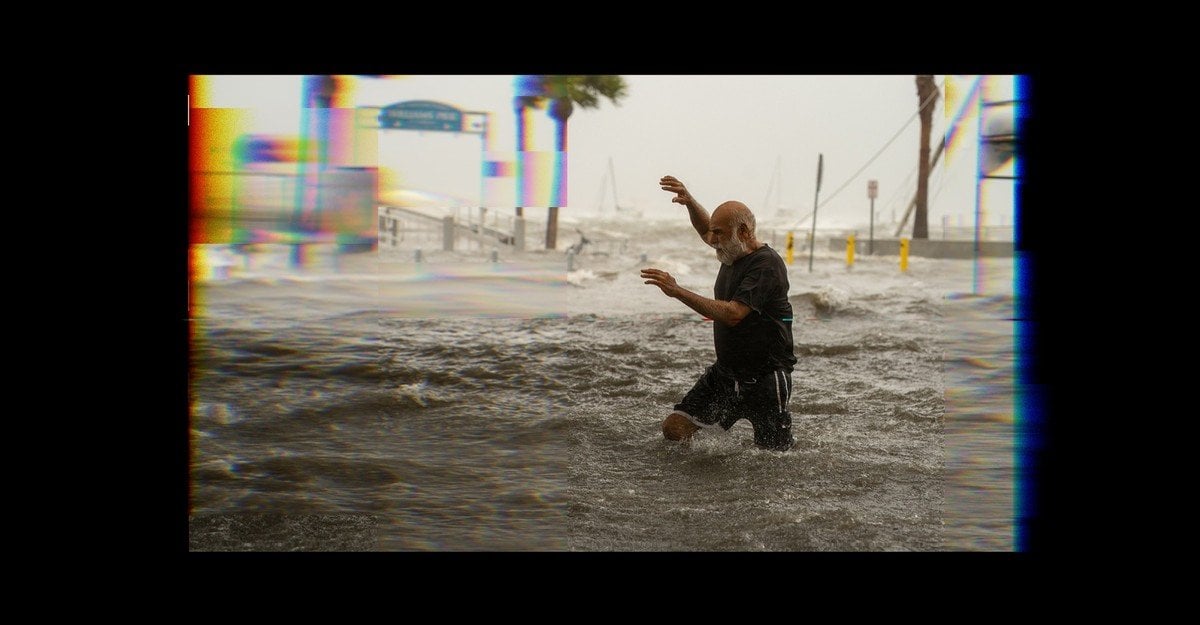
The Fog of Disaster Is Getting Worse | How a changing media environment, worsened by intentional attempts to deceive people, hampers the response to natural catastrophes
https://www.theatlantic.com/ideas/archive/2024/10/hurricane-helene-misinformation-ai/680160/?utm_source=reddit&utm_medium=social&utm_campaign=the-atlantic&utm_content=edit-promo
by theatlantic
2 comments
Juliette Kayyem: “Keeping track of events during a natural disaster was hard enough in the past, before people with dubious motives started flooding social media with sensational images generated by artificial intelligence. In a crisis, public officials, first responders, and people living in harm’s way all need reliable information. The aftermath of Hurricane Helene has shown that, even as technology has theoretically improved our capacity to connect with other people, our visibility into what’s happening on the ground may be deteriorating. [https://theatln.tc/tj4Il0yf](https://theatln.tc/tj4Il0yf)
“Beginning late last week, Helene’s storm surge, winds, and rains created a 500-mile path of destruction across the Southeast. To many people’s surprise, the storm caused catastrophic flooding well inland—including in and around Asheville, North Carolina, a place that had frequently been labeled a ‘climate haven.’ Pictures that many users assumed had been taken somewhere around Asheville began spreading rapidly on social media. Among them were photographs of pets standing on the rooftops of buildings surrounded by water; another image showed a man wading through a flood to rescue a dog. But news outlets that took a closer look noted that the man had six fingers and three nostrils—a sign that the image was a product of AI, which frequently gets certain details wrong.
“The spread of wild rumors has always been a problem during major disasters, which typically produce power outages and transportation obstacles that interfere with the communication channels that most people rely on from day to day. Most emergency-management agencies gather information from local media and public sources, including posts from local citizens, to determine where help is needed most. Noise in the system hinders their response.
“…Unfortunately, the unfolding information crisis is likely to get worse. As climate change produces more frequent weather-related disasters, many of them in unexpected places, cynical propagandists will have more opportunities to make mischief. Good sources of information are vulnerable to the very climate disasters they are supposed to monitor. That’s true not just of local media outlets. In an ironic turn, Helene’s path of destruction included the Asheville headquarters of the National Oceanic and Atmospheric Administration’s National Centers for Environmental Information, which tracks climate data, including extreme weather.
“More disasters await us. We need to view reliable communications as a safety precaution in its own right—no different from sea walls or a tornado shelter.”
Read more: [https://theatln.tc/tj4Il0yf](https://theatln.tc/tj4Il0yf)
The “intentional attempts to deceive people” refers to bad actors spreading fake images, not to the media’s decades long campaign to convince us that climate change is no big deal.